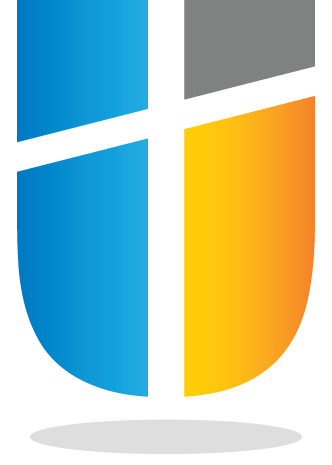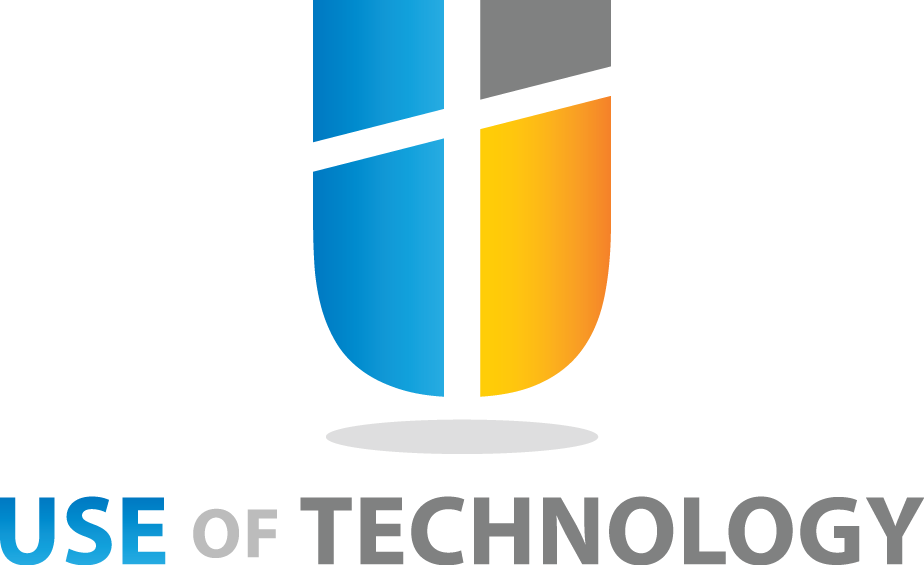Internet of Things (IoT), a concept that promises convenience, connecting devices and applications remotely, with a predictive and user suggested set of actions to take care of the everyday needs of life.
But Where Did It All Begin?
I remember my first internet connection, back in the day of dial ups. It was slow and painful yet exhilarating, as a world of opportunities stood in front of me. With the generation of Millennials, we have seen the evolution of Internet technology, from humble beginnings to a future beyond imagination. The most exciting advancements in Internet technology still await us, but what lies right on the horizon today is Internet of Things (IoT). The future promises interconnectivity.
The Evolution of Internet of Things (IoT) in Everyday Life
From digital assistants from Google Now, Microsoft Cortana and Apple Siri, we have begun to see how our lives could be made simpler. The advent of home automation assistants like Google Home and Amazon Echo takes it to the next level. The predictive and intuitive features of bots have shown how technology will shape our lives. The Internet of Things (IoT) could take these existing and future technologies and put them in a sweet spot by adding interconnectivity to devices.
The Change in the Retail and Service industry
We have moved from the good old days of mom-and-pop stores to the Retail giants of Wal-Mart and Target, Tesco and Sainsbury’s in the UK where we can shop to our heart’s content. However, in the changing face of our tiresome everyday schedules, a marked difference has been seen in the foot traffic at these outlets, leading to the evolution of the online retail space.
While the online giants like Amazon continue to rely on the online space year after year, other major retail players like Wal-Mart have understood the benefits of online sales and are looking at the eRetail options for their Black Friday sales this year.
The Need For IoT and The Benefits For the Consumer
With time becoming a rarer commodity and options plentiful with competition in the retail space, Internet technology has taken to the next phase with the Internet of Things.
From the promises of controlling household gadgets to our refrigerator ordering or groceries, we have heard a lot of what the Internet of Things can offer us. Let’s see what has and may materialize in the future.
The everyday consumer spends their lives surrounded by gadgets. Having these devices talk to each other could take away a lot of time spent on mundane tasks. The Enterprise user looks at a wild array of data and the possibility of monetizing opportunities by bringing it all together. The Internet of Things (IoT) promises to bring both what they require.
The Challenges for Internet of Things (IoT)
The major challenge before technology innovators is not where to apply Internet of Things (IoT), but how. Ask any common individual where the automation and coordination of technology would be useful, and you would come up with a million answers.
1) Connecting multiple vendors: The challenge is to get the devices that can assimilate the myriad of functionalities offered, at several times, by multiple service providers and bring it in one place. Individual preferences still matter. Similarly, eight out of ten devices in your home may be compatible with your IoT provider but the other two may not.
The true success of IoT will only happen when real seamlessness can be achieved between manufacturers and IoT providers.
2) Demands of technology: At the technology level, we have seen how mobile computing devices have shrunk over the years in size while shown remarkable upscaling in computing power. This stems from a theory laid down by Gordon Moore, the co-founder of Intel. He observed in 1965, that the exponential growth rate in semiconductor technology meant that we would be able to double the number of transistors on the chips in our devices every two years. Major players in the semiconductor chip industry, like Intel, however indicate a slow down in this growth over the next two years.
This would mean a change in direction of the thinking process is required, to accommodate for the increase in demand for processing power to make everyday gadgets and services run on IoT. Terms such as System scaling and System on Package (SoP) are the way to the future. The various challenges such as data transmission efficiency with minimum loss of power over an increasingly small space with the factor of the cost involved will see the transition of chips from the 14nm to the 7nm or 5nm space.
But less does not always mean better, if the functionality desired from reducing choose size is not a direct result, then we may have to look at a balance between the form and the result required for IoT to be successful.
3) Security: Skeptics have painted graphic pictures of everything from a hostile takeover of the machines to a collapse of everyday life based on the failure of devices connected to IoT. While security remains a relevant issue, with instances of hacking surfacing every day that could impact IoT devices, the Major players in the IoT space are aware of these issues and will definitely align necessary resources to ensure continuity and safety of the customers.
Major players in Internet of Things (IoT)
1) Amazon – Amazon has a web presence like none other, and when Amazon Web services launched an IoT platform in 2015, with tools like Kinesis which provides real time streaming, S3 to simplify storage, and DynamoDB, a NoSQL database with great scalability.
 2) AT&T – AT&T plans on linking 1.2 million fleet vehicles and 243,000 shipping containers through its network by 2017, could make IoT feasible for consumers and large scale companies by delivering products and services.
2) AT&T – AT&T plans on linking 1.2 million fleet vehicles and 243,000 shipping containers through its network by 2017, could make IoT feasible for consumers and large scale companies by delivering products and services.
3) Bosch – Bosch has built an IoT cloud to process data for their various services. The company is well known for automotive parts, home appliances and enterprise software. This could get it all connected under one space to deliver massive value to customers.
4) Cisco – Cisco has created a wide range of IoT based services including network connectivity, fog computing services, data analysis, security and automation. With its prediction of 50 billion devices connected by 2020, it is on a strong start to providing the services that IoT would rely on in the future.
5) Dell – Dell has a partnership with Intel, a technology giant for the processing power required for IoT, to open labs for further development in the Silicon Valley. Dell aims to offer endpoint connectivity for devices on IoT, as well as back end storage and data analysis required for operations.
6) GE – GE has started a cloud based data analysis service called Predix, along with its Asset Performance Management system, to reduce downtime and analyze customer requests over IoT in real time. This should bring to fruition GE’s concept of the Industrial Internet of Things, delivering services on the large scale.
7) Google – Google is targeting home and enterprise customers, through its already available database of customer fed information, and its fiber optic cable internet initiative, Google now aims to bring IoT to any closed environment through its $3.2 billion investment in the thermostat maker, Nest, to provide the connected smart home and office system.
8) Hitachi Data Systems – Hitachi is taking a two sided approach to the IoT battlefield, the partnership with Intel ensures it’s industrial clients are connected, while cloud based data analyses ensure value for IoT providers.
9) Microsoft – Microsoft shows promise in bringing a seamless transition to its Azure public cloud, through its IoT suite, by rolling out IoT templates for customers to monitor IoT devices and maintenance, as well as an IoT hub to connect and send a message to IoT devices.
10) Samsung – Being possibly the largest consumer electronic brand, Samsung understands that its consumers would benefit from its devices connecting and aims to do so by 2020. It is in the process of chip and API development where a platform can be built for its devices to communicate.
The Road Ahead
The possibilities are endless and the future bright with the Internet of Things (IoT). A lot depends on the vision of the various players to make necessary investments of time and resources towards the future. While challenges remain, the demands of consumers and industry sure make a strong calling for bringing IoT to our homes and lives. Let’s look forward to more positive news in this space.

